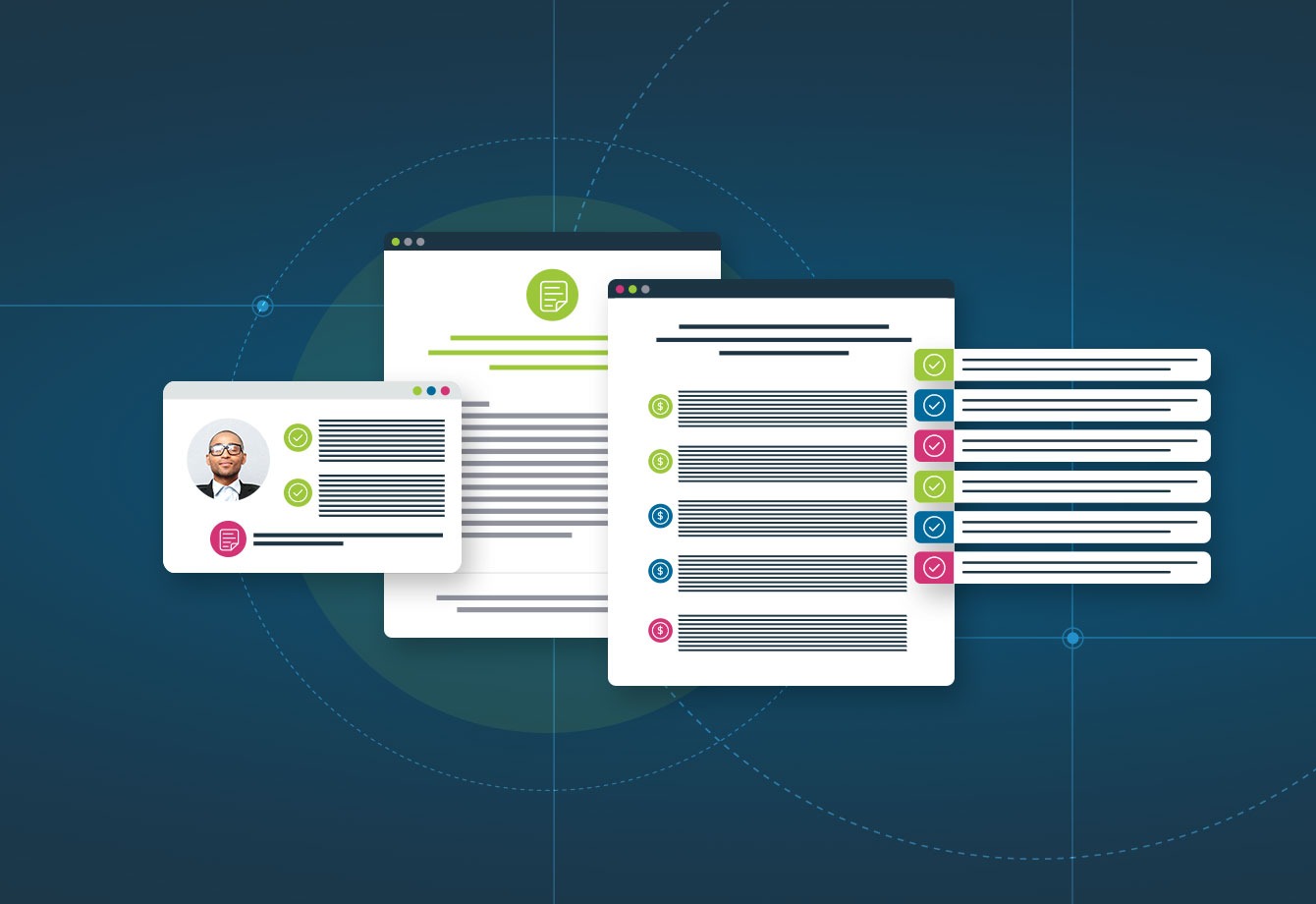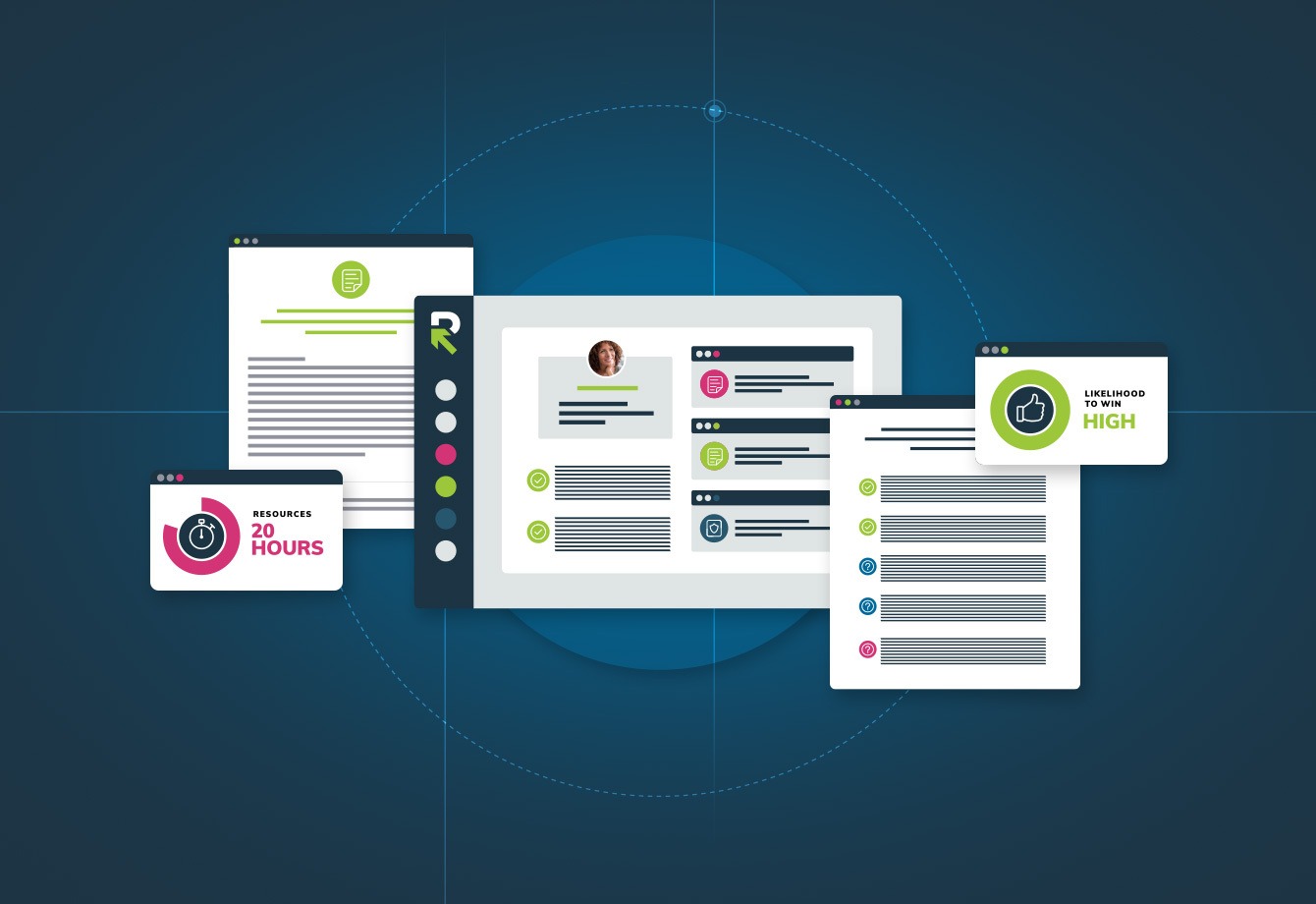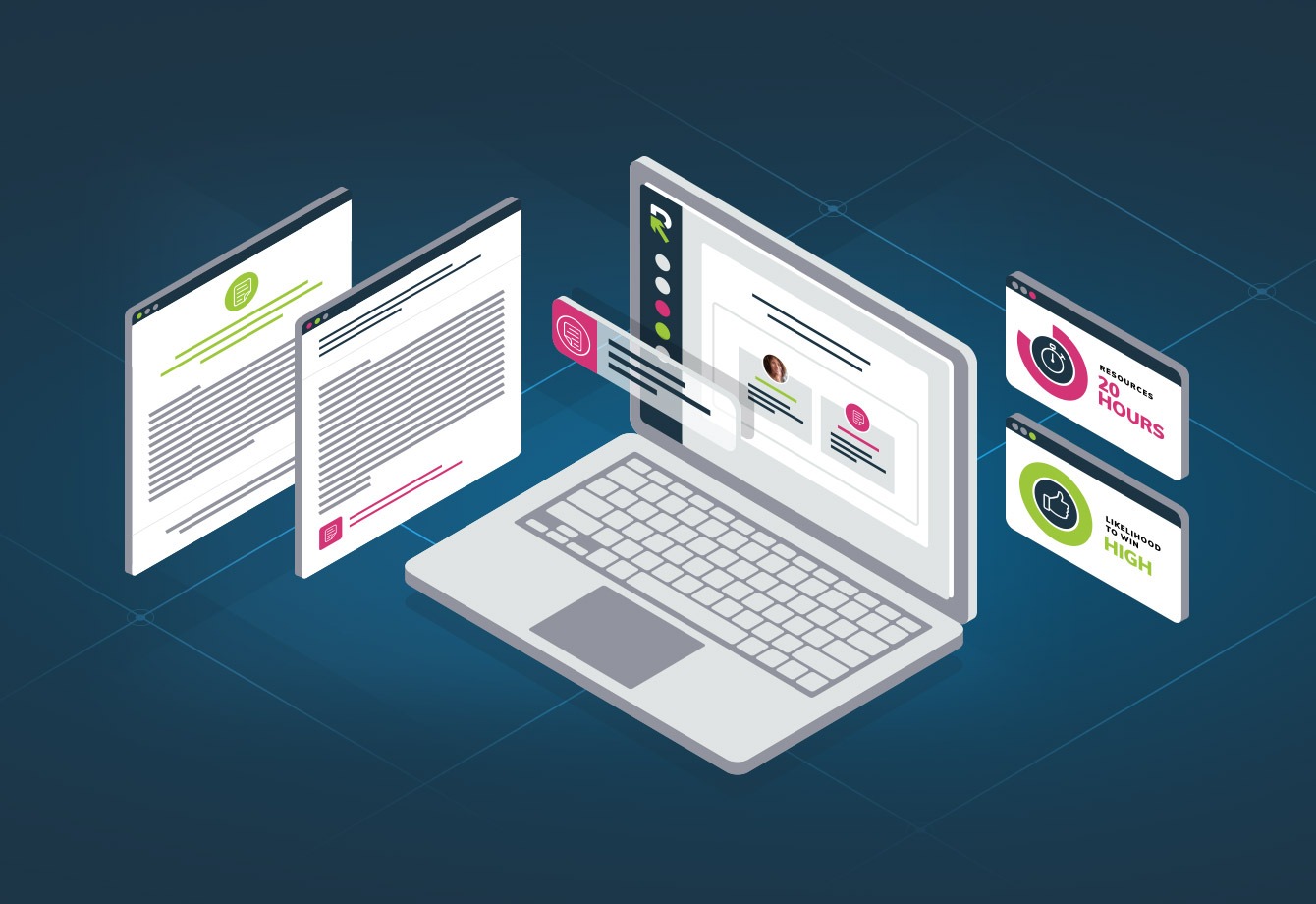
Start Responding Like a Pro
The Responsive blog is full of insights and best practices, giving you the tools you’ll need to streamline your process and respond with confidence.
Featured Post

How to find RFPs and win them
Selling & EnablementWhen it comes to RFPs, you have to be able to find them to win them. Explore where you can find open RFPs as well as how to get invited to new ones in this blog.
Category: Selling & Enablement


RFP response resource guide
Selling & Enablement
Response management made simple
Selling & Enablement
What is a request for quote (RFQ)?
Selling & Enablement
How to respond to a DDQ
Selling & Enablement
Understanding due diligence questionnaires
Selling & Enablement
DDQ vs. security questionnaire
Selling & Enablement
Understanding the RFP response process
Selling & Enablement
How to respond to an RFP like an all-star champ
Selling & Enablement
Considerations when creating an RFP process
Selling & Enablement
Benefits of a great RFP process
Selling & Enablement
Understanding RFP management
Selling & EnablementSee how it feels to respond with confidence
Why do 250,000+ users streamline their response process with RFPIO? Schedule a demo to find out.